Essential Pottery Tools Every Ceramic Artist Should Have
As a ceramic artist, your tools are your best friends. They are the magic wands that transform a lump of clay into a beautiful piece of art. Whether you're just starting or have been creating pottery for years, understanding the essential tools you need can elevate your craft and enhance your artistic expression. This article explores the fundamental tools that every ceramic artist should have, ensuring you have everything you need to create stunning pottery.
From basic hand tools to advanced glazing equipment, each tool plays a critical role in the pottery-making process. Imagine trying to build a house without a hammer or a saw; it would be nearly impossible, right? The same goes for pottery. Having the right tools not only makes your work easier but also allows your creativity to flow freely. Let's dive into the world of pottery tools and discover what you absolutely cannot live without!
Understanding the essential hand tools is crucial for any ceramic artist. These tools aid in shaping, trimming, and detailing your pottery, ensuring precision and creativity in your work. Some of the most common hand tools include:
- Wire Cutters: Perfect for cutting clay into manageable pieces.
- Ribs: Used for smoothing and shaping the surface of your pottery.
- Loop Tools: Great for carving and trimming clay, allowing for intricate designs.
- Sponge: Essential for adding moisture and smoothing surfaces.
Each of these tools serves a unique purpose, helping you achieve the desired finish on your pottery. Without them, your creations might lack the finesse that makes pottery such a captivating art form.
The pottery wheel is a central tool for many ceramic artists, allowing for the creation of symmetrical forms. It's like the heart of the pottery studio, where the magic truly happens. When you sit at a wheel, you can feel the clay come alive under your hands. But did you know there are different types of wheels? Understanding these can greatly enhance your pottery experience.
There are various types of pottery wheels, including electric and kick wheels. Each has its pros and cons, and understanding these can help you choose the right one for your needs. Here's a quick comparison:
| Type of Wheel | Pros | Cons |
|---|---|---|
| Electric Pottery Wheel | Convenient, speed, ideal for production work | Less physical engagement |
| Kick Pottery Wheel | Traditional, enhances connection to craft | Requires physical effort, slower |
Electric pottery wheels provide convenience and speed, making them ideal for production work. They allow for continuous spinning, which can be a game-changer when creating multiple pieces. Many contemporary ceramic artists favor electric wheels for their efficiency and ease of use. However, they can be a bit less engaging than their traditional counterparts.
On the other hand, kick wheels offer a traditional approach to pottery making, relying on foot power. This method can deepen your connection to the craft, as you physically engage with the wheel. The rhythm of kicking the wheel can be meditative, allowing you to focus entirely on your creation. Plus, many artists appreciate the challenge and skill involved in mastering a kick wheel.
Regular maintenance of your pottery wheel is essential for optimal performance. Just like a car needs oil changes, your wheel needs care to keep it spinning smoothly. Here are some tips to keep your wheel in top condition:
- Clean the wheel head after each use to prevent clay buildup.
- Check the belt and motor for any signs of wear.
- Lubricate moving parts as needed.
Different types of clay require specific tools for optimal handling and shaping. Understanding the characteristics of each clay type can significantly impact your work. For instance, stoneware clay is typically denser and requires more force to shape, while earthenware is softer and easier to manipulate. This section covers popular clay types and the essential tools needed for each, ensuring successful projects.
For those who prefer handbuilding, specific tools like ribs and paddles are essential. These tools can assist in creating unique, textured pieces of pottery. Ribs help smooth surfaces, while paddles can add interesting shapes and contours. Think of them as your sculpting companions, guiding your hands to create forms that are both functional and artistic.
Cutting tools are vital for shaping and joining clay pieces. They enable you to create clean edges and seamless joins, which are crucial for any pottery project. Tools like wire cutters and knives allow for precision cuts, ensuring that your pieces fit together perfectly. The right cutting tool can be the difference between a good piece and a great piece.
Glazing is a crucial step in pottery, requiring specialized tools for application. The right glaze can elevate your pottery from ordinary to extraordinary. This section discusses essential glazing tools and techniques to achieve stunning finishes on your ceramic pieces.
Different brushes and sprayers serve unique purposes in glazing. Brushes allow for detailed application, while sprayers can cover larger areas more quickly. Explore the various types and their applications to enhance your glazing techniques and achieve your desired effects. It's like painting a canvas, where each stroke can change the entire piece.
Understanding different glazing techniques can elevate your pottery. Techniques such as dipping, pouring, and spraying can yield different results. This section covers popular methods and how the right tools can help you master these techniques for beautiful results. Remember, glazing is not just about color; it's about texture, depth, and the overall aesthetic of your piece.
Q: What is the most important tool for a beginner ceramic artist?
A: While all tools are important, a good quality pottery wheel and basic hand tools like wire cutters and ribs are essential for beginners.
Q: Can I make pottery without a wheel?
A: Absolutely! Handbuilding techniques allow you to create beautiful pottery without a wheel. Techniques like coiling and slab building are great alternatives.
Q: How do I choose the right clay for my projects?
A: Consider the type of pottery you want to create. Stoneware is durable and great for functional pieces, while earthenware is softer and better for decorative items.
In conclusion, having the right tools can significantly enhance your pottery-making experience. So, gather your essentials, unleash your creativity, and let the world of pottery inspire you!
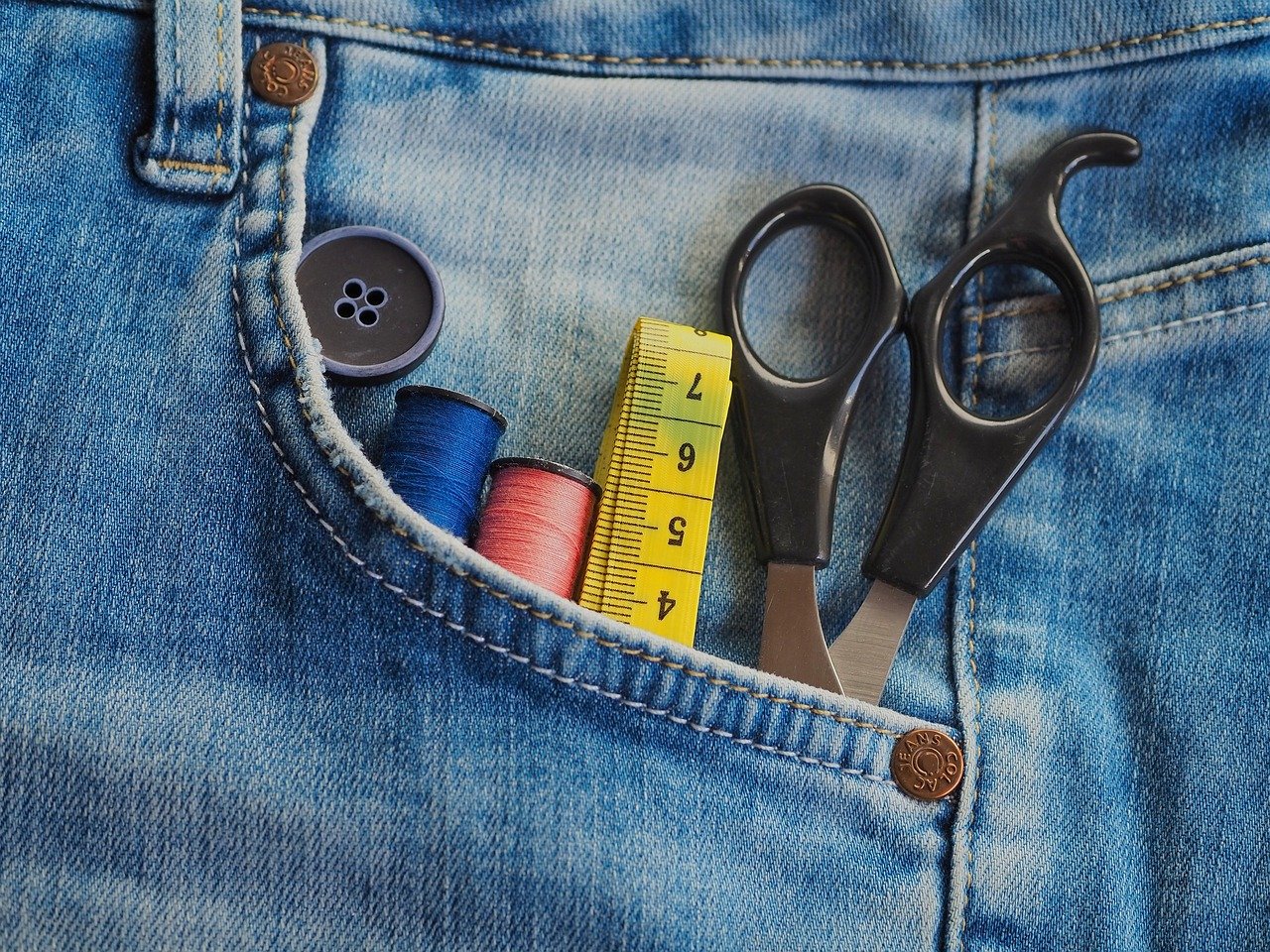
Basic Hand Tools
Understanding the essential hand tools is crucial for any ceramic artist. These tools aid in shaping, trimming, and detailing your pottery, ensuring precision and creativity in your work. Imagine walking into a studio filled with the earthy aroma of clay, surrounded by an array of hand tools that are not just instruments but extensions of your artistic vision. Each tool serves a unique purpose, allowing you to transform a simple lump of clay into a breathtaking work of art.
Among the most important hand tools, you'll find the pottery rib, which can be made of wood, metal, or plastic. This versatile tool helps smooth and shape your pottery, giving it that polished finish that speaks volumes about your craftsmanship. Think of it as the brush to a painter; without it, your masterpiece may lack the finesse it deserves. The rib's various shapes and sizes allow for different effects, enabling you to create intricate designs and textures.
Another essential tool is the pottery knife, a must-have for cutting, trimming, and detailing your pieces. This knife is not just sharp; it's a precision instrument that can make or break your design. Whether you're slicing through a thick slab of clay or carving fine details into your work, a reliable pottery knife can elevate your project from ordinary to extraordinary. Pair it with a needle tool, which is perfect for making fine incisions and adding delicate details. This tool is especially handy for scoring and joining pieces together, ensuring that your creations hold up beautifully.
For the adventurous ceramic artist who enjoys handbuilding, paddles are indispensable. These tools allow you to shape and manipulate clay, giving you the freedom to explore your creativity without limits. Picture yourself gently tapping the clay with a paddle, gradually forming it into a unique shape that reflects your artistic style. The beauty of hand tools lies in their ability to connect you to the clay, letting you feel every curve and contour as you work.
Lastly, let’s not forget about the sponge. This simple yet effective tool is perfect for smoothing surfaces and adding moisture to your clay. It’s like the secret ingredient that brings your pottery to life, allowing you to refine your work just before it reaches the final stages. Using a sponge effectively can make a significant difference in the overall finish of your piece.
In summary, having the right hand tools is essential for any ceramic artist looking to enhance their craft. Each tool plays a vital role in the creative process, allowing you to shape your ideas into tangible forms. As you gather your collection of pottery tools, remember that they are not just instruments; they are your partners in creativity, helping you bring your artistic vision to life.
- What are the most essential hand tools for beginners? For beginners, a pottery rib, pottery knife, needle tool, paddle, and sponge are essential for starting your pottery journey.
- How do I maintain my hand tools? Regular cleaning and proper storage are crucial. After each use, clean your tools to remove clay residue and store them in a dry place.
- Can I make my own pottery tools? Absolutely! Many artists create custom tools from materials like wood or plastic, allowing for unique shapes and sizes tailored to their specific needs.
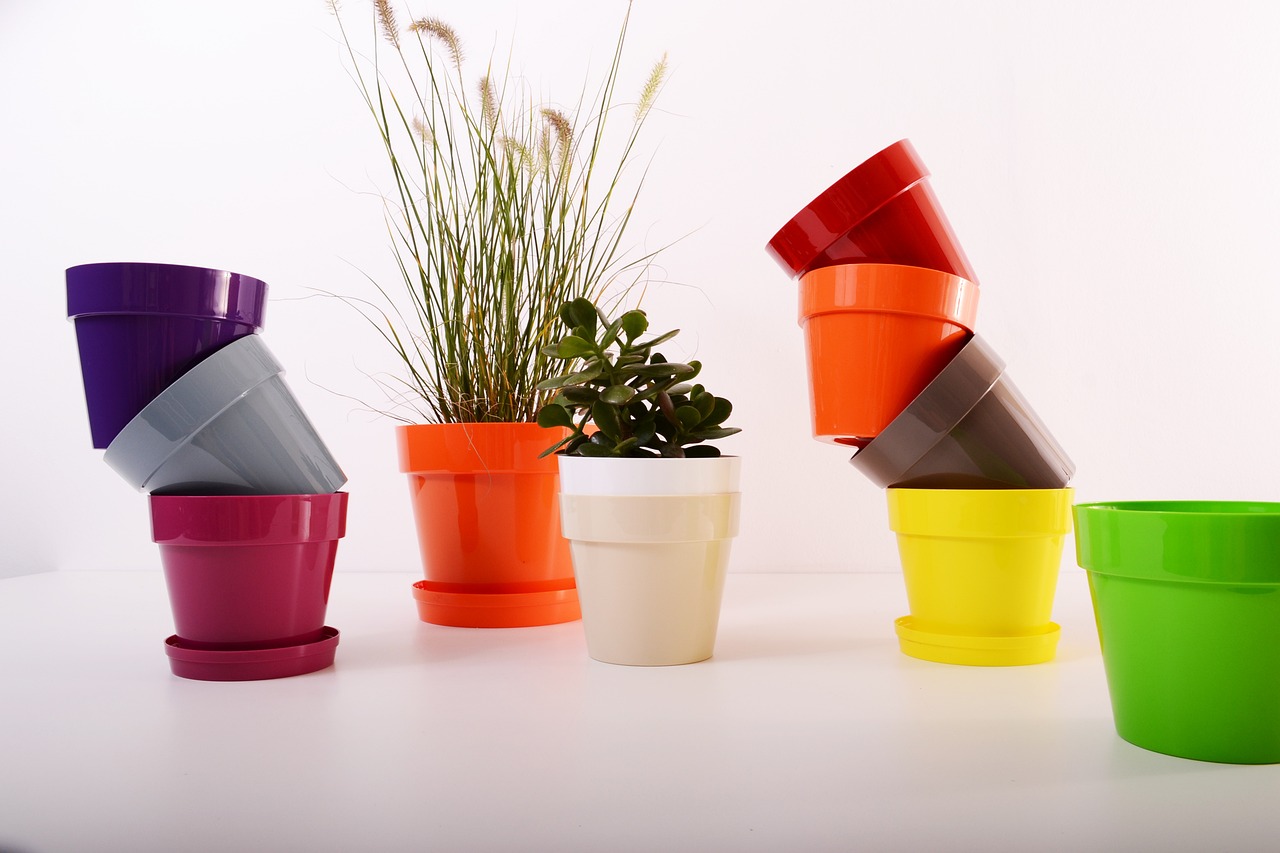
Pottery Wheel
The is often considered the heart of a ceramic artist's studio, a magical device that transforms lumps of clay into stunning, symmetrical works of art. Imagine the sensation of your hands guiding the clay as it spins, creating a vessel that is not just functional but also a testament to your creativity and skill. The wheel allows artists to explore various forms, from delicate bowls to robust vases, making it an indispensable tool in the world of ceramics.
When it comes to pottery wheels, there are two primary types that artists often choose between: electric wheels and kick wheels. Each type brings its own unique advantages and challenges, catering to different styles and preferences. For instance, electric wheels are known for their speed and convenience, making them ideal for artists who produce pottery in larger quantities. On the other hand, kick wheels offer a more traditional approach, relying on the artist's foot to power the wheel, which many find enhances their connection to the craft.
Understanding the differences between these wheels can greatly influence your pottery-making experience. Here’s a quick comparison:
| Type | Pros | Cons |
|---|---|---|
| Electric Pottery Wheel |
|
|
| Kick Pottery Wheel |
|
|
Choosing the right pottery wheel ultimately depends on your personal preferences and the type of pottery you wish to create. If you’re looking for speed and efficiency, an electric wheel may be your best bet. However, if you want to embrace the traditional aspects of pottery, a kick wheel might be the way to go.
Regardless of which type you choose, regular maintenance is key to ensuring your pottery wheel remains in optimal condition. A well-maintained wheel will not only perform better but will also extend its lifespan, allowing you to create beautiful pieces for years to come. Here are some maintenance tips:
- Clean the wheelhead: After each session, wipe down the wheelhead to remove any clay residue.
- Check belts and motors: For electric wheels, regularly inspect belts and motors for wear and tear.
- Lubricate moving parts: Ensure that all moving parts are adequately lubricated to prevent rust and ensure smooth operation.
By understanding the importance of your pottery wheel and taking good care of it, you can enhance your pottery-making journey, making it as enjoyable and fulfilling as possible.
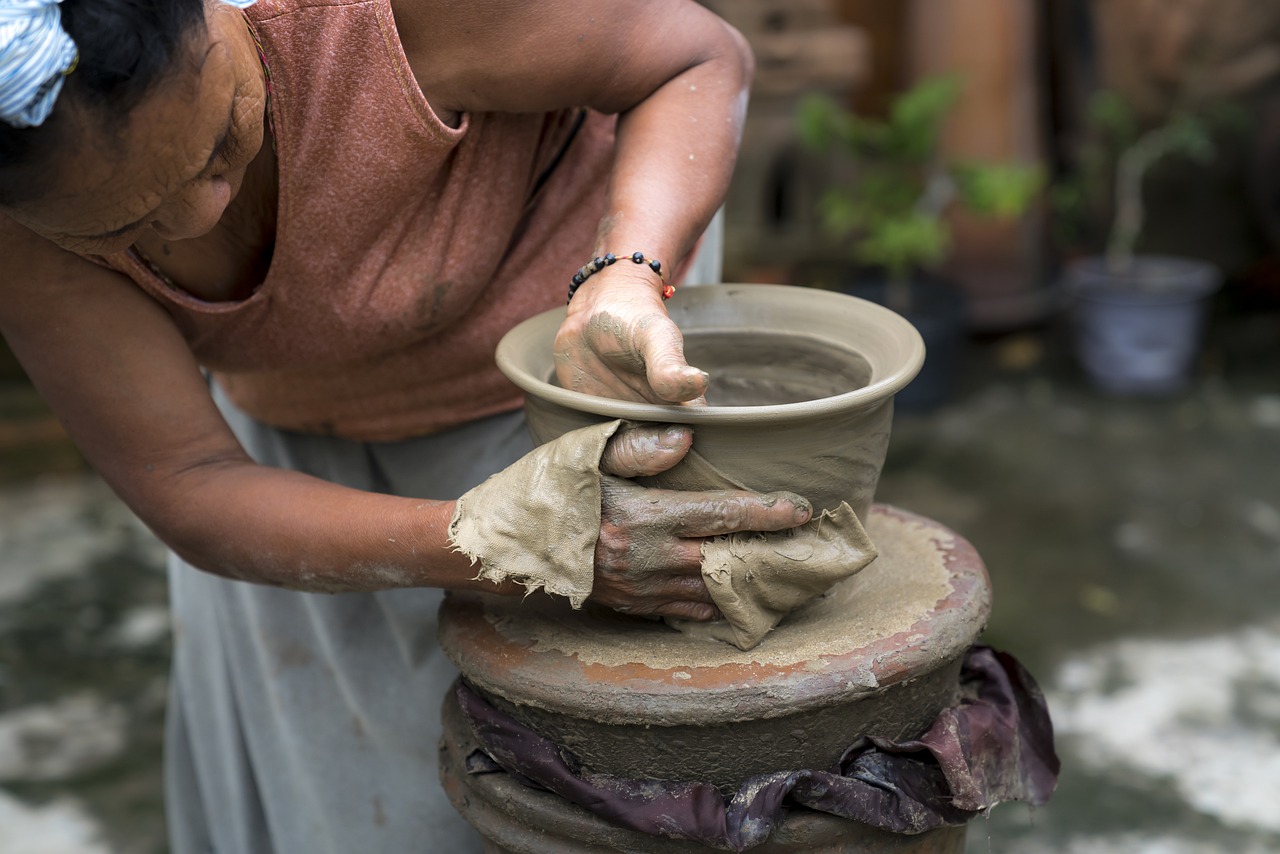
Types of Pottery Wheels
When it comes to pottery wheels, choosing the right one can feel like a monumental decision for any ceramic artist. After all, your wheel is the heart of your workspace, influencing both your creative process and the quality of your work. There are primarily two types of pottery wheels: electric wheels and kick wheels. Each type has its unique characteristics, advantages, and drawbacks that can significantly impact your pottery-making experience.
Electric pottery wheels are designed for efficiency and ease of use. They operate with a simple push of a button, allowing artists to focus more on their craft rather than the mechanics of the wheel. These wheels are particularly favored in production settings where speed and consistency are paramount. They come with various features, such as adjustable speed settings and foot pedals, making them versatile for different pottery techniques. On the downside, some artists argue that electric wheels can create a disconnect from the tactile experience of pottery making, as the artist is less involved in the physical motion of the wheel.
In contrast, kick pottery wheels offer a traditional approach that many artists find rewarding. These wheels rely on foot power to spin the wheel head, providing a unique rhythm that many find meditative. Kick wheels allow for a more hands-on experience, fostering a deeper connection to the clay and the crafting process. They are typically more affordable and require less maintenance than their electric counterparts. However, they do require more physical effort, which may not be ideal for everyone, especially during long sessions of throwing.
To help you understand the key differences between electric and kick wheels, here's a quick comparison:
| Feature | Electric Pottery Wheel | Kick Pottery Wheel |
|---|---|---|
| Power Source | Electric | Foot-powered |
| Speed Control | Variable speed settings | Manual control through foot |
| Ease of Use | Very user-friendly | Requires physical effort |
| Cost | Generally more expensive | Usually more affordable |
| Maintenance | Requires electrical maintenance | Minimal maintenance needed |
Ultimately, the choice between an electric and a kick wheel boils down to personal preference, budget, and the kind of pottery you aim to create. If you thrive in a fast-paced environment and enjoy producing a high volume of work, an electric wheel may be your best bet. However, if you prefer a more traditional, hands-on experience, a kick wheel could be the perfect companion for your artistic journey. Whichever you choose, both types of wheels can help you mold your visions into tangible pieces of art.
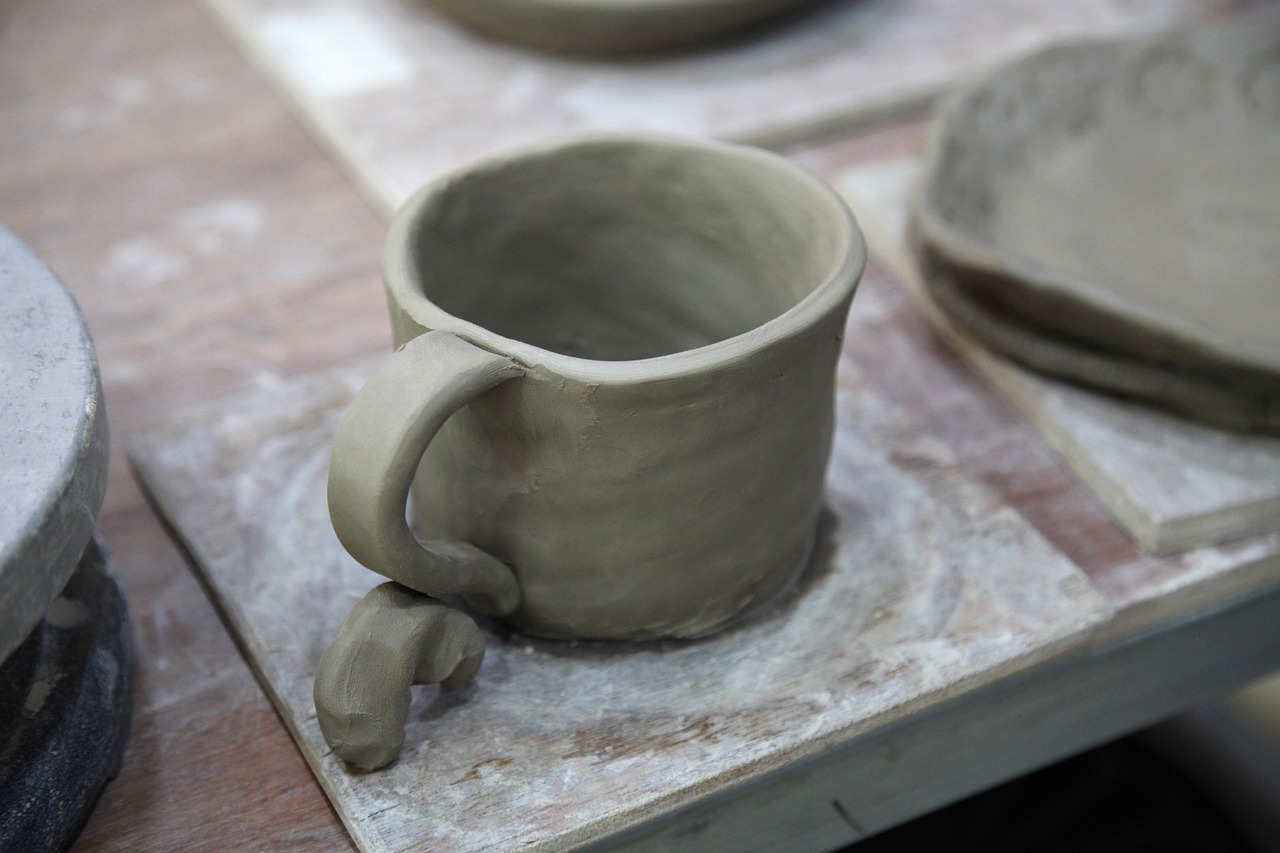
Electric Pottery Wheels
When it comes to pottery making, have revolutionized the craft, providing artists with the convenience and efficiency that traditional methods sometimes lack. Imagine being able to create beautiful, symmetrical forms with just the push of a button! These wheels are designed to spin at various speeds, allowing for precise control over the shaping process, making them an essential tool for both beginners and seasoned ceramic artists.
One of the standout features of electric pottery wheels is their ease of use. Unlike kick wheels, which require a bit of footwork to get started, electric wheels can be operated with minimal effort. This means you can focus more on your creative expression rather than the mechanics of the wheel. Whether you're throwing large pieces or delicate items, the consistent speed and torque of an electric wheel provide a stable platform for your work.
Additionally, electric pottery wheels come equipped with various features that enhance the pottery-making experience. Here are a few key aspects to consider:
- Variable Speed Control: This allows you to adjust the speed according to your needs, which is particularly useful when working on intricate designs.
- Built-in Motors: These provide a smooth spinning experience, reducing the effort needed to shape your clay.
- Easy Cleanup: Many electric wheels are designed with removable splash pans, making cleanup a breeze.
However, it's important to consider the space and power requirements for electric pottery wheels. They typically need a dedicated power source, and some models can be quite bulky. Therefore, make sure you have enough room in your studio for both the wheel and your creative projects. Moreover, the initial investment can be higher compared to kick wheels, but many artists find the efficiency and ease of use well worth the cost.
In summary, electric pottery wheels are a fantastic option for anyone looking to elevate their pottery-making game. They offer speed, convenience, and precision, making them a staple in many ceramic studios. Whether you're crafting functional ware or artistic sculptures, an electric wheel can help you achieve your vision with greater ease and finesse.
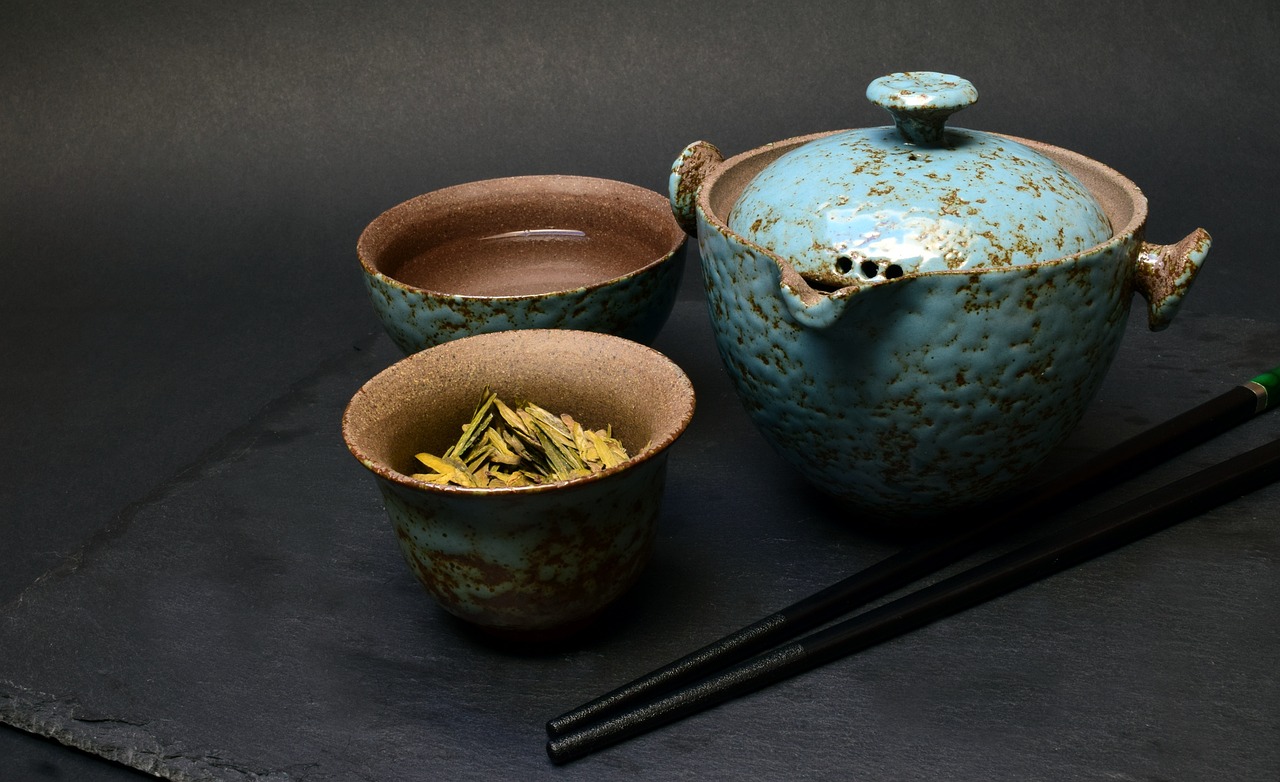
Kick Pottery Wheels
Kick pottery wheels are a traditional choice for ceramic artists who appreciate the tactile connection to their craft. Unlike electric wheels that rely on motors, kick wheels are powered by your own foot, allowing you to control the speed and rhythm of your work in a way that feels almost meditative. Imagine the sensation of your foot pushing against the wheel, feeling the clay respond to your movements, and creating beautiful forms as you go. It’s a dance between artist and medium that can be incredibly satisfying.
One of the standout features of kick wheels is their simplicity and durability. They are often made from robust materials that can withstand years of use, making them a wise investment for any serious potter. Furthermore, kick wheels tend to have a lower price point compared to their electric counterparts, which can be a significant factor for artists just starting out or those on a budget. You might find that the benefits of using a kick wheel extend beyond the monetary savings; they also encourage a deeper understanding of the pottery-making process.
When using a kick wheel, you’ll quickly discover that it offers a unique set of advantages:
- Enhanced Control: The foot pedal allows for precise control over the wheel's speed, enabling you to adjust your pace as needed.
- Physical Engagement: The act of kicking the wheel can enhance your physical connection to the clay, fostering a more intimate creative experience.
- Versatility: Kick wheels are suitable for various pottery techniques, from throwing to trimming, making them a versatile tool in your studio.
However, it's important to note that kick wheels do require a bit of practice to master. Unlike electric wheels, where you can simply press a button to get started, kick wheels demand a rhythm and timing that may take some getting used to. But once you find your groove, the results can be incredibly rewarding. Many artists find that the slower pace of using a kick wheel allows for deeper concentration and creativity, resulting in more thoughtful and unique pieces.
In summary, kick pottery wheels provide a wonderful balance of tradition and functionality. They invite you to engage with your materials in a way that fosters creativity and connection. Whether you’re a seasoned potter or just starting your journey, incorporating a kick wheel into your practice can enhance your skills and deepen your appreciation for the art of pottery.
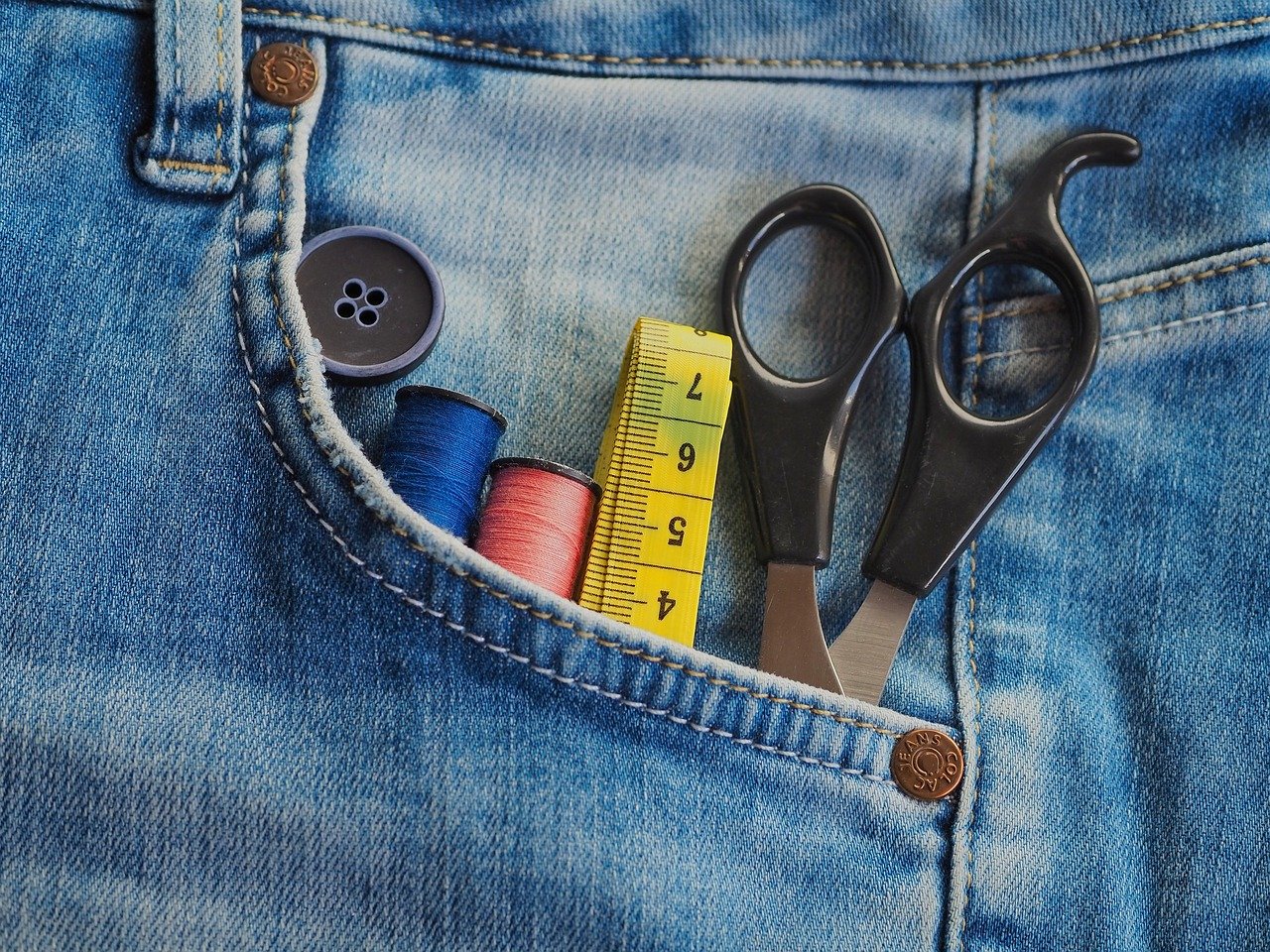
Maintenance of Pottery Wheels
Maintaining your pottery wheel is not just a chore; it's an essential part of ensuring that your creative process flows smoothly and efficiently. Just like a well-tuned instrument, a pottery wheel that is properly maintained can make all the difference in your craftsmanship. Imagine trying to play a guitar with a broken string—frustrating, right? The same applies to your pottery wheel. Regular upkeep can prevent minor issues from becoming major headaches, allowing you to focus on your artistic expression.
First and foremost, it's crucial to keep your pottery wheel clean. After each session, take a moment to wipe down the wheel head and remove any clay residue. This not only prolongs the life of your wheel but also ensures that you won’t accidentally mix different types of clay in your next project. Use a damp sponge or cloth to gently scrub away any stubborn bits, and make sure to clean the area around the wheel as well to maintain a tidy workspace.
Next, pay attention to the wheel's motor and electrical components, especially if you’re using an electric pottery wheel. Regularly inspect the power cord for any signs of wear and tear, and make sure to keep the motor free from dust and debris. If you notice any unusual sounds or vibrations while the wheel is in use, it’s time to investigate further. Addressing these issues early can save you from costly repairs down the line.
Additionally, lubrication is key for kick wheels. These traditional wheels rely on a series of bearings and moving parts that need to be lubricated periodically. Use a suitable lubricant to keep everything running smoothly, and don’t forget to check the tension of the drive band to ensure it’s not too loose or too tight. A well-maintained kick wheel can provide a satisfying, smooth experience as you shape your clay.
Lastly, consider creating a maintenance schedule. This could be as simple as setting a reminder on your phone to check your wheel at the beginning of each month. Keeping a log of any issues or maintenance performed can also be helpful. This way, you’ll be able to track patterns and anticipate future needs. Regular maintenance will not only enhance your pottery experience but also extend the life of your equipment, allowing you to create beautiful pieces for years to come.
- How often should I clean my pottery wheel? It's best to clean your wheel after every use to prevent clay buildup.
- What type of lubricant should I use for my kick wheel? Use a light machine oil or a specific lubricant recommended by the manufacturer.
- What should I do if my electric wheel makes strange noises? Stop using it immediately and check for any visible issues. If the problem persists, consult a professional.
- Can I use water to clean my electric wheel? Yes, but be cautious not to get water into the electrical components. A damp cloth is usually sufficient.
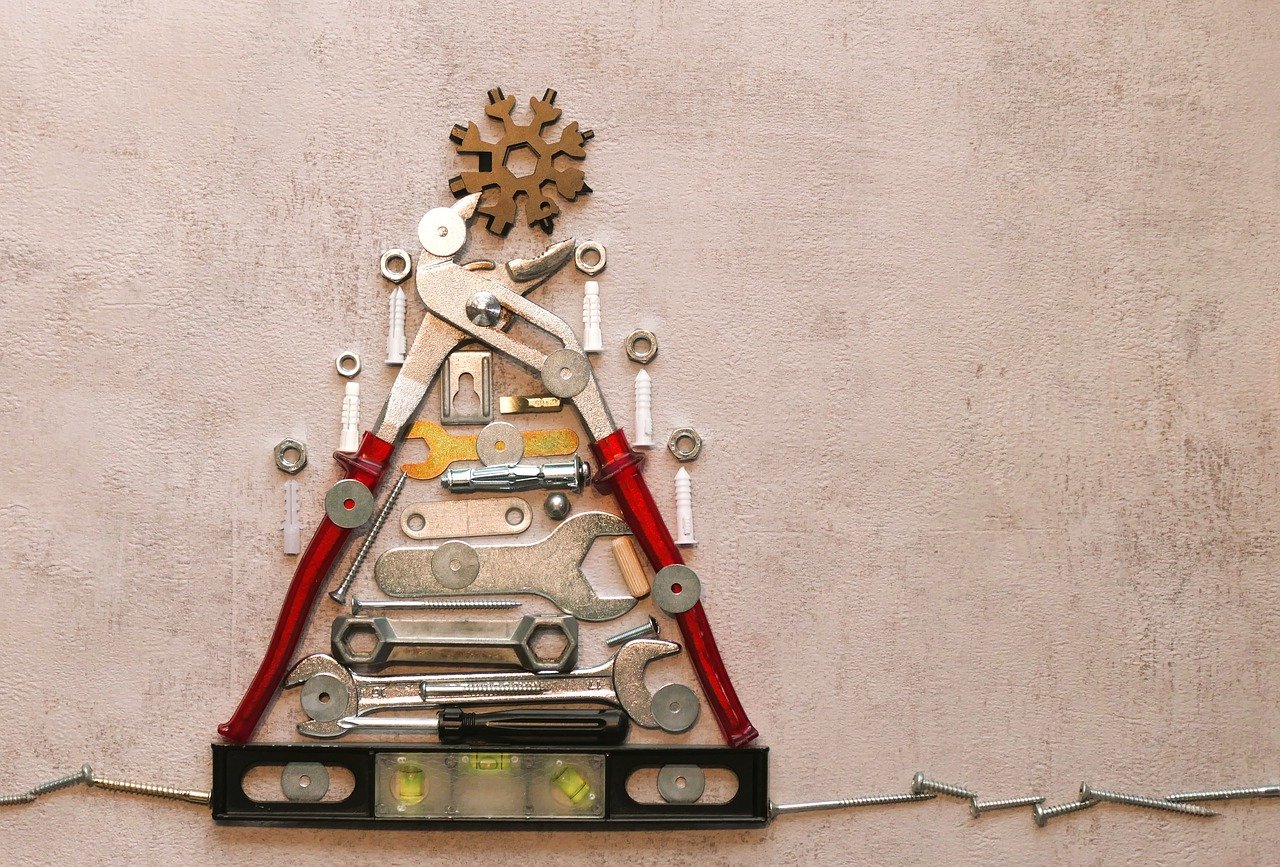
Clay Types and Their Tools
When it comes to pottery, not all clays are created equal. Each type of clay has its unique properties, which means that the tools you use can vary significantly depending on what you're working with. Understanding the different types of clay and their specific tools is essential for any ceramic artist looking to enhance their craft. Whether you're a beginner or a seasoned pro, knowing how to manipulate clay effectively will elevate your work to new heights.
First, let's dive into the popular clay types:
- Earthenware: This is the most common type of clay used in pottery. It fires at low temperatures and is known for its porous nature. Earthenware is great for beginners because it's easy to work with and forgiving.
- Stoneware: Stoneware is a mid-range clay that fires at higher temperatures, making it more durable and less porous than earthenware. It's perfect for functional pottery like dishes and mugs.
- Porcelain: Renowned for its smooth texture and translucence, porcelain requires a bit more skill to handle. It fires at high temperatures and is often used for fine pottery and decorative pieces.
Each of these clay types requires specific tools to manipulate them effectively. For instance, when working with earthenware, you might find that basic hand tools like ribs and paddles are sufficient for shaping and smoothing your pieces. However, if you're diving into stoneware or porcelain, you might need more specialized tools like wire cutters and needle tools for precision cutting and detailing.
To give you a better idea of the tools associated with each clay type, here's a quick reference table:
| Clay Type | Recommended Tools |
|---|---|
| Earthenware | Ribs, Paddles, Basic Hand Tools |
| Stoneware | Wire Cutters, Needle Tools, Trimming Tools |
| Porcelain | Fine Trimming Tools, Smoothing Tools, Extruders |
In addition to the basic hand tools, you might also want to explore handbuilding tools if you're leaning towards that technique. These tools, such as slab rollers and texture mats, can help you create unique and intricate designs that set your pottery apart. When you’re handbuilding, having the right tools can be the difference between a piece that feels flat and one that has character and depth.
Lastly, let’s not forget about clay cutting tools. These are essential for shaping and joining different pieces of clay together. Tools like cutting wires and scrapers allow you to achieve clean edges and seamless joins, which are critical for any successful pottery project.
So, whether you're throwing on the wheel or handbuilding, understanding the nuances of your clay type and the tools that complement it will undoubtedly enhance your pottery-making journey. Remember, the right tools can transform your ideas into tangible art, so invest in them wisely!
Q: What type of clay is best for beginners?
A: Earthenware is often recommended for beginners due to its ease of use and forgiving nature.
Q: Can I use the same tools for different types of clay?
A: While some tools can be used across different clay types, it's best to use specific tools designed for the clay you're working with to achieve the best results.
Q: How do I know which tools I need for my clay?
A: Research the specific clay type you're using and consult with local pottery suppliers or instructors who can guide you on the essential tools for that clay.

Handbuilding Tools
When delving into the art of pottery, handbuilding tools are your best friends. They are essential for anyone who prefers to shape their creations without the use of a pottery wheel. Imagine sculpting your ideas with your own hands, feeling the clay’s texture and flexibility. It's a tactile experience that connects you deeply with your work. The right tools can make this process smoother, more enjoyable, and ultimately, more rewarding.
Among the most important handbuilding tools are ribs and paddles. Ribs come in various materials such as wood, metal, or plastic, and are used to smooth, shape, and refine the surface of your clay. They help to create curves, angles, and a polished finish that can elevate your piece from ordinary to extraordinary. Paddles, on the other hand, are great for adding texture or shaping larger forms. Using a paddle can be likened to a painter using a brush; it allows for both precision and creativity.
Additionally, you’ll want to consider investing in a few other handbuilding tools that can significantly enhance your pottery-making experience:
- Wire Cutters: These are crucial for cutting clay blocks and trimming excess material from your work.
- Needle Tools: Perfect for detailed work, needle tools allow you to carve, pierce, and add intricate designs to your pottery.
- Rolling Pins: Essential for creating flat slabs of clay, rolling pins help you achieve even thickness, which is vital for many handbuilding techniques.
Moreover, the importance of having a good work surface cannot be overstated. A sturdy, flat surface allows you to work comfortably and efficiently. Many potters prefer using a plaster board or a wooden table that can withstand the weight and mess of clay. Having a dedicated workspace can inspire creativity and keep your tools organized, which is key to maintaining a productive environment.
Handbuilding is not just about the tools, though. It’s about the techniques you employ with them. Techniques such as coiling, pinching, and slab building are foundational methods that every ceramic artist should master. Each technique has its own charm and can lead to unique results. For instance, coiling involves rolling out long strands of clay and stacking them to build forms, while pinching allows you to manipulate the clay with your fingers to create small bowls or pots.
In conclusion, the right handbuilding tools and techniques can transform your pottery practice. They not only make the process easier but also open up a world of creative possibilities. So, whether you’re just starting out or looking to refine your skills, investing in quality handbuilding tools is a step in the right direction. Embrace the journey of handbuilding and let your imagination run wild!
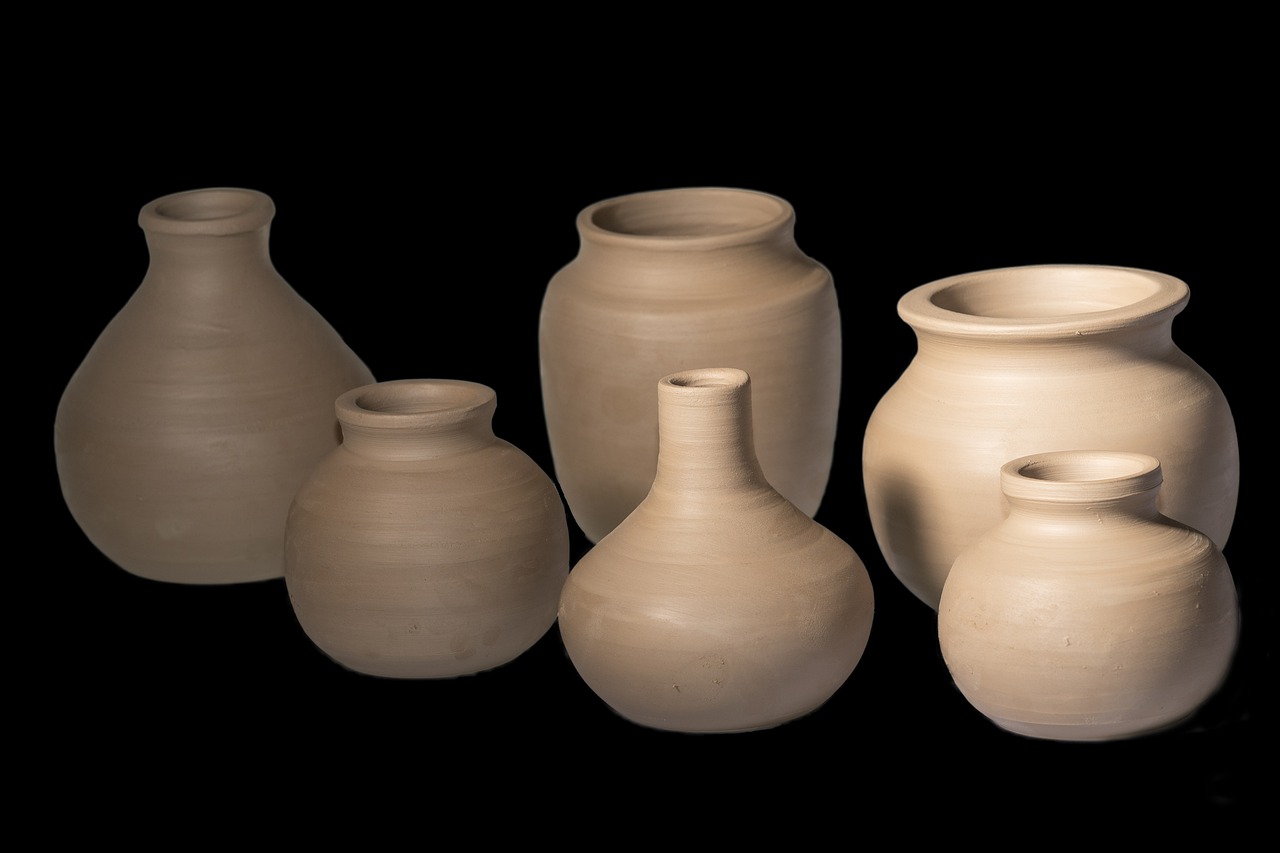
Clay Cutting Tools
When it comes to working with clay, having the right cutting tools is essential for shaping and joining pieces seamlessly. These tools not only enhance your precision but also allow you to explore your creativity without limitations. Imagine trying to sculpt a beautiful vase with a butter knife—frustrating, right? That's why investing in specialized clay cutting tools can make all the difference in your pottery journey.
First and foremost, let's talk about the most common clay cutting tools. A wire cutter is a must-have for any ceramic artist. This tool consists of a thin wire stretched between two handles, allowing you to slice through blocks of clay effortlessly. It's perfect for cutting large chunks of clay into manageable pieces or for removing excess clay from your projects. Plus, using a wire cutter gives you a clean edge, which is crucial for achieving professional-looking pottery.
Another essential tool is the knife tool, which comes in various shapes and sizes. This versatile tool is great for detailed work, such as carving intricate designs or trimming edges. The sharp blade allows you to make precise cuts, giving you the freedom to create unique patterns and textures. Think of it as your trusty sidekick, always ready to help you bring your artistic vision to life.
For those who enjoy adding texture to their work, a scoring tool is invaluable. This tool typically has a serrated edge, making it perfect for scoring the surface of clay before joining pieces together. Scoring creates a rough texture that helps the clay pieces bond better, ensuring your creations are durable and long-lasting. It's like giving your clay a little grip, so it sticks together more effectively.
In addition to these tools, you might also consider using a ribbon tool. This tool features a curved blade that allows you to carve and shape clay with finesse. It's particularly useful for hollowing out forms or adding decorative elements to your pottery. The ribbon tool is like a magic wand that helps you transform a simple lump of clay into a work of art.
To keep your workspace organized and efficient, consider creating a dedicated area for your clay cutting tools. You can use a simple tool holder or a small container to keep everything in one place. This way, you'll always have your essential tools within arm's reach, allowing you to focus on what you love most—creating stunning pottery!
In summary, the right clay cutting tools can significantly enhance your pottery-making experience. From wire cutters to scoring tools, each has its unique purpose and can help you achieve the desired results in your projects. So, whether you're a seasoned ceramic artist or just starting, make sure to equip yourself with these essential tools to elevate your craft to new heights.
- What is the best cutting tool for beginners? A wire cutter is highly recommended for beginners as it is easy to use and effective for cutting clay.
- How do I maintain my clay cutting tools? Clean your tools after each use and store them in a dry place to prevent rust and damage.
- Can I use regular kitchen knives for cutting clay? While you can, it's best to use specialized clay tools for better results and to avoid damaging your pottery.
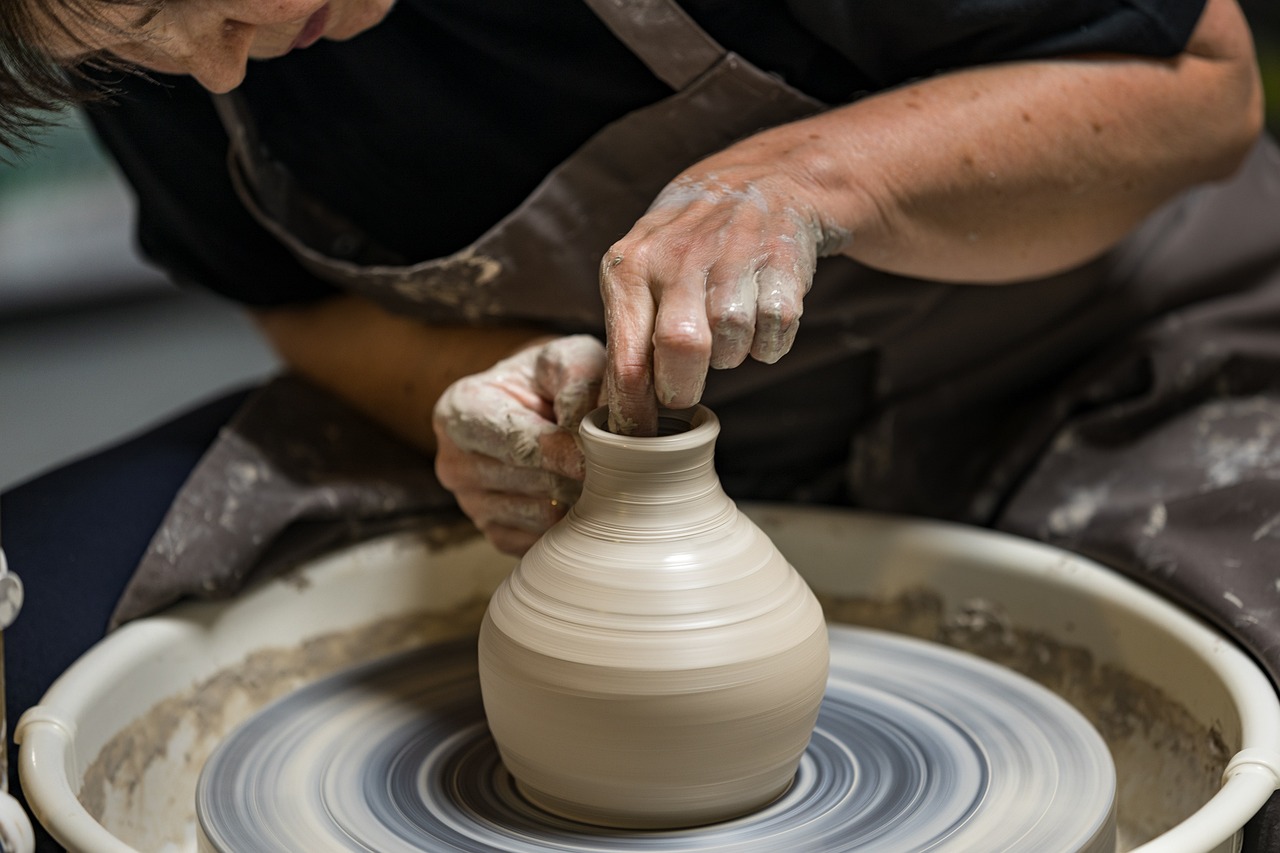
Glazing Tools
Glazing is one of the most exciting and transformative stages in pottery making, where your creative vision can truly come to life. The right not only enhance the aesthetic appeal of your ceramic pieces but also influence the final texture and finish. Whether you’re a seasoned ceramic artist or just starting out, understanding the tools needed for glazing is essential to achieving stunning results.
At its core, glazing is about applying a glass-like coating to your pottery, which can range from a simple transparent finish to intricate designs bursting with color. To master this art, you'll need a variety of tools that cater to different techniques and effects. Let's dive into some of the essential glazing tools that can elevate your pottery projects.
First up, brushes are your best friends when it comes to glazing. They allow for precision and control, enabling you to apply glazes in delicate patterns or broad strokes. Different types of brushes serve various purposes:
- Detail Brushes: Ideal for intricate designs and fine lines.
- Flat Brushes: Great for covering larger areas quickly.
- Fan Brushes: Perfect for creating texture and unique effects.
Another popular tool in the glazing arsenal is the sprayer. Using a sprayer can create a beautiful, even coat of glaze that is hard to achieve with brushes alone. It’s particularly useful for larger pieces or when you want to apply multiple layers of glaze without the brush strokes showing. However, using a sprayer does require some practice to master the technique and ensure an even application.
In addition to brushes and sprayers, you might want to consider using sponge applicators. These are fantastic for applying glazes in a more organic way, allowing you to dab and blend colors directly on your pottery. The softness of the sponge can also help create unique textures, giving your pieces a one-of-a-kind finish.
To further enhance your glazing process, understanding various glazing techniques is crucial. For instance, dipping is a method where you immerse your pottery into a bucket of glaze, ensuring an even coat. Alternatively, pouring allows you to control how much glaze is applied, making it easier to create layered effects. Each technique has its own set of tools and requires practice to perfect, but the results can be breathtaking.
To keep your glazing tools organized and in top condition, consider investing in a dedicated storage solution. A simple toolbox or a specialized art supply organizer can help you keep your brushes, sprayers, and other tools in one place, making your creative process smoother and more enjoyable.
In conclusion, the right glazing tools are essential for any ceramic artist looking to elevate their work. From brushes and sprayers to sponges and storage solutions, each tool plays a vital role in achieving beautiful finishes. So, gather your tools, unleash your creativity, and watch as your pottery transforms into stunning works of art!
1. What type of brush is best for glazing?
It depends on the effect you want to achieve. Detail brushes are great for intricate designs, while flat brushes work well for larger areas. Experiment with different types to see which suits your style best!
2. Can I use regular paintbrushes for glazing?
While you can use regular paintbrushes, it's recommended to use brushes specifically designed for ceramics, as they are made to withstand the properties of glazes and provide better results.
3. How do I clean my glazing tools?
Always clean your tools immediately after use with warm water and mild soap. For brushes, gently reshape the bristles to maintain their form.
4. Is there a difference between underglazes and glazes?
Yes, underglazes are typically used for decorative purposes and can be painted on before the final glaze is applied. Glazes, on the other hand, provide a protective and decorative finish after firing.
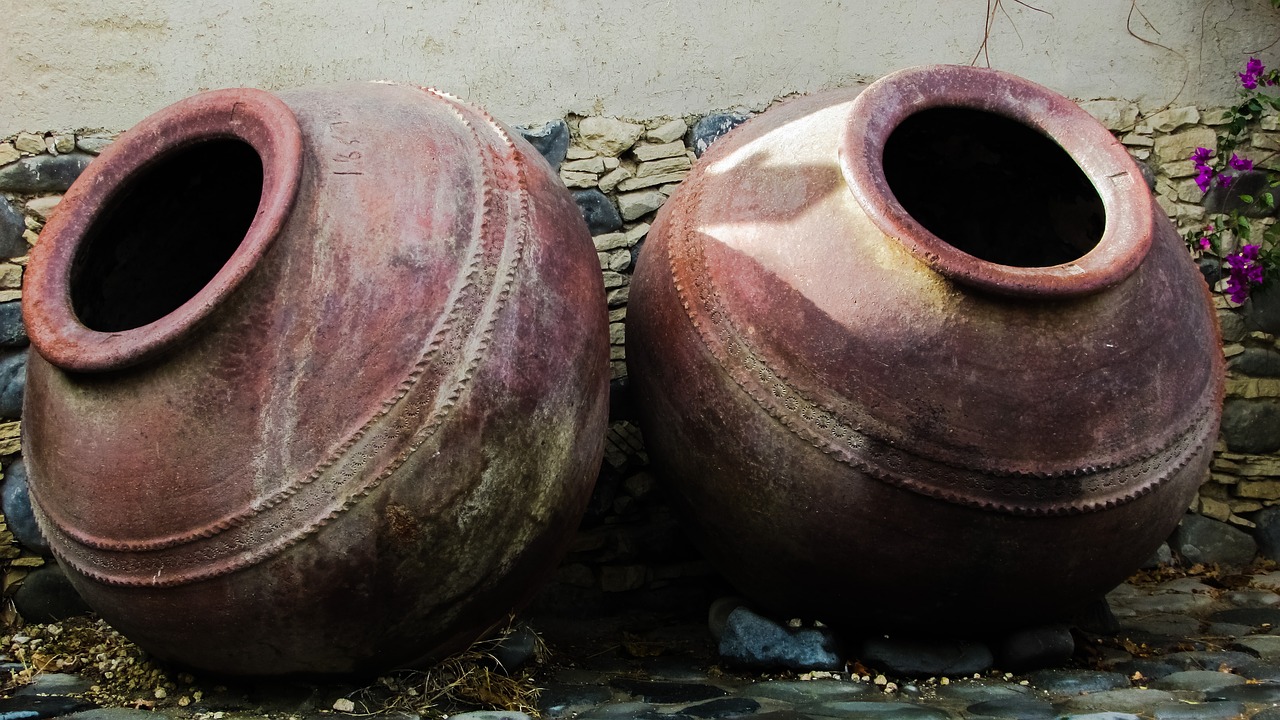
Brushes and Sprayers
When it comes to glazing your pottery, having the right tools can make all the difference. are essential for applying glazes evenly and creatively, allowing you to achieve stunning finishes that bring your ceramic pieces to life. Each type of brush serves a unique purpose, and understanding these can help you elevate your glazing game.
For starters, let's talk about glazing brushes. These come in various shapes and sizes, each designed for specific tasks. For instance, a large flat brush is perfect for covering large areas quickly, while a smaller round brush is ideal for intricate details and edges. The bristles can be made from natural hair or synthetic materials, and choosing the right one can impact the texture and finish of your glaze. Natural hair brushes often hold more glaze and provide a smoother application, while synthetic brushes are easier to clean and maintain.
In addition to brushes, sprayers have gained popularity among ceramic artists for their ability to create a fine mist of glaze. This method not only speeds up the application process but also allows for unique effects that brushes may not achieve. Sprayers can be adjusted to create different spray patterns, making them versatile tools for any pottery studio. However, it's important to note that using a sprayer requires a bit more technique, as the distance from the piece and the pressure applied can significantly affect the final result.
Here’s a quick comparison of the two methods:
| Feature | Brushes | Sprayers |
|---|---|---|
| Application Speed | Slower, more controlled | Faster, less control |
| Detailing | Excellent for fine details | Limited for intricate designs |
| Texture | Varies with brush type | Creates a smooth, even coat |
| Cleanup | Easy to clean | Requires thorough cleaning |
When choosing between brushes and sprayers, consider the effect you want to achieve. If you aim for detailed work, brushes may be your best bet. However, if you’re looking to cover larger pieces or create a unique texture, a sprayer could be the way to go. Many artists often use a combination of both to maximize their creative potential.
Moreover, don't forget to explore different glazing techniques that can be enhanced by your choice of tools. Techniques such as layering glazes or using underglazes can yield fascinating results when applied with the right brush or sprayer. Experimenting with these tools can not only improve your skills but also lead to unexpected and exciting outcomes in your pottery.
In conclusion, whether you opt for brushes or sprayers, mastering their use is crucial for any ceramic artist. Each tool offers unique advantages that can help you express your artistic vision. So, grab your brushes, set up your sprayer, and let your creativity flow!
Q1: What type of brush is best for applying glaze?
A flat brush is great for large areas, while a round brush is perfect for details. Natural hair brushes hold more glaze, while synthetic brushes are easier to clean.
Q2: Can I use a regular spray bottle for glazing?
While you can use a regular spray bottle, a dedicated sprayer designed for glazes will provide better control and a finer mist.
Q3: How do I clean my glazing brushes and sprayers?
For brushes, rinse them thoroughly with water immediately after use. For sprayers, disassemble and clean all parts to prevent clogging.

Glazing Techniques
Glazing is where the magic truly happens in pottery. It's not just about adding color; it’s about transforming your piece into a work of art that can shine, shimmer, and tell a story. With the right , you can achieve stunning finishes that enhance the beauty of your ceramic creations. But what are these techniques, and how can you master them? Let’s dive deep into the world of glazing!
One of the most popular techniques is the dip glaze method. This involves dipping your pottery piece into a bucket of glaze, allowing for an even coating that can create beautiful, smooth finishes. It’s a quick and effective way to cover larger pieces. However, you must be careful with the glaze thickness, as too much can lead to drips or uneven surfaces. Have you ever seen a piece where the glaze runs down like a waterfall? It can be stunning, but it’s all about control!
Another technique worth exploring is brushing. Using various brushes, you can apply glaze with precision, allowing for intricate designs and patterns. This method is perfect for those who want to personalize their work. Imagine painting a canvas but with glaze! You can layer colors, create textures, and even blend shades. Just remember, the type of brush you use can significantly affect the outcome. For instance, a wide brush is great for broad strokes, while a fine brush is ideal for details.
Then there’s the spraying technique. This method offers a unique way to achieve a soft, even application of glaze. By using a spray gun, you can create gradients and subtle effects that are hard to replicate with other methods. It’s like airbrushing on ceramics! However, it requires a bit of practice to master the distance and pressure for even coverage. So, if you’re looking to add a modern twist to your pottery, this technique might just be the way to go.
For those who love a bit of adventure, consider layering glazes. This technique involves applying multiple layers of different glazes, allowing each layer to interact and create unique effects. Think of it as building a cake, where each glaze layer adds depth and complexity. However, patience is key here; you need to let each layer dry before applying the next to avoid muddling the colors. The results can be breathtaking, showcasing a spectrum of colors that dance across the surface of your pottery.
Lastly, let’s not forget about sgraffito, a technique where you scratch through a layer of glaze to reveal the clay body underneath. This method can create intricate designs and is a fantastic way to add texture and contrast to your pieces. It’s like carving your story into the surface of your pottery! Just make sure to plan your design beforehand, as it can be challenging to correct mistakes once the glaze is applied.
In summary, mastering glazing techniques is essential for any ceramic artist looking to elevate their work. Whether you prefer the simplicity of dipping, the precision of brushing, the modern flair of spraying, the creativity of layering, or the artistry of sgraffito, each technique offers unique possibilities. Experimenting with these methods will not only enhance your skills but also allow your artistic voice to shine through in every piece you create.
- What is the best glaze for beginners? - Beginners often find that underglazes are easier to work with, as they can be applied like paint and are forgiving.
- How do I prevent glaze from running? - To prevent running, ensure that you apply a thin, even coat and avoid dipping too deeply into the glaze.
- Can I mix different glazes? - Yes! Mixing glazes can create unique colors and effects, but be sure to test your mixtures on small pieces first.
- What should I do if my glaze turns out uneven? - Uneven glazing can sometimes be fixed by applying a second coat after the first has dried, but it's best to practice for even application.
Frequently Asked Questions
- What are the essential hand tools for pottery?
Essential hand tools for pottery include items like rib tools, trimming tools, and needle tools. These tools help you shape, trim, and add details to your pottery, allowing for creativity and precision in your work.
- How do I choose the right pottery wheel for my needs?
Choosing the right pottery wheel depends on your style and needs. Electric wheels are great for speed and convenience, while kick wheels offer a traditional approach. Consider your workspace, budget, and how you plan to use the wheel when making your decision.
- What types of clay are best for beginners?
For beginners, stoneware and earthenware are excellent choices. They are versatile and forgiving, making them easier to work with. Additionally, they can be used for various projects, from functional pieces to decorative art.
- What tools do I need for glazing my pottery?
When glazing pottery, essential tools include brushes, sprayers, and sponges. Each tool serves a unique purpose, allowing you to apply glaze in different ways for varied effects. Experimenting with these tools can help you achieve stunning finishes.
- How can I maintain my pottery wheel?
Regular maintenance of your pottery wheel is crucial. Clean the wheel head after each use, check for any loose parts, and lubricate moving components as needed. This will ensure your wheel remains in optimal condition for years of creative work.
- What are some common glazing techniques?
Common glazing techniques include dipping, pouring, and brushing. Each method provides different effects, and understanding them can elevate your pottery. Experimenting with these techniques will help you find your unique style.
- Can I use regular paint brushes for glazing?
While you can use regular paint brushes, it's best to use brushes specifically designed for glazing. These brushes are made to handle the thickness of glaze and can provide a more even application, resulting in better finishes on your pottery.
- What is the best way to join clay pieces together?
The best way to join clay pieces is by scoring and slipping. Scoring creates texture on the surfaces to be joined, while slip acts as a glue. This technique ensures a strong bond and prevents cracks in your pottery.



















